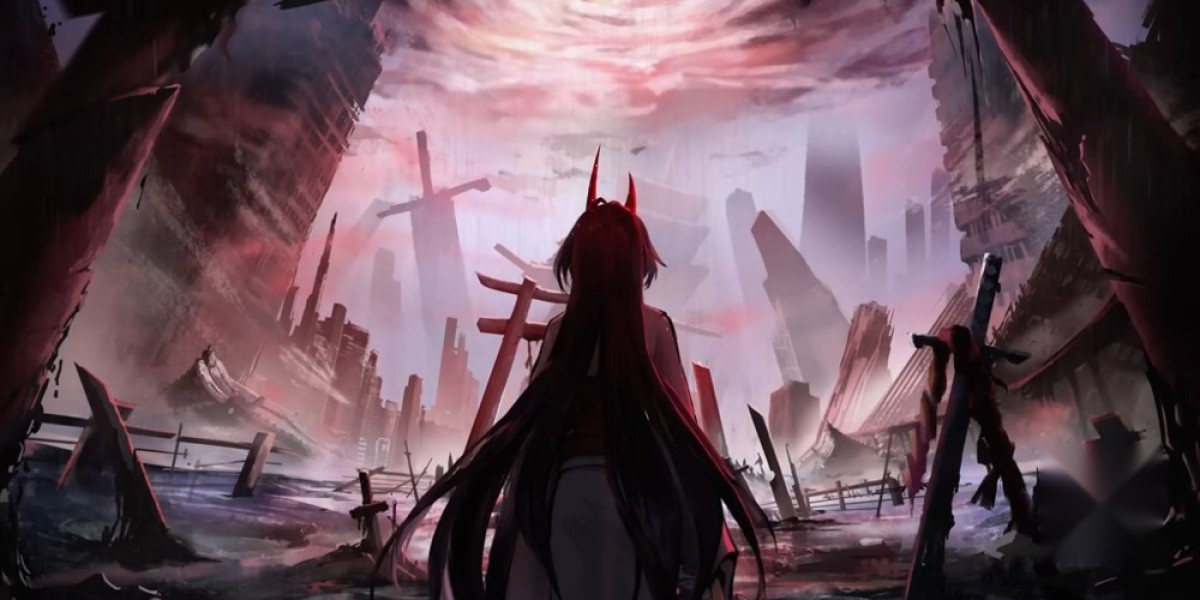In 1961, a momentous event took place that would go down in history as a symbol of the Cold War's tense division between the East and the West. Starting on the night of August 12, the construction of the Berlin Wall began, in what would become one of the most significant and controversial structures of the 20th century. The Berlin Wall stood as a physical manifestation of the ideological and political divide, separating families and communities overnight, and solidifying the separation between East and West Germany.
The division of Germany after World War II paved the way for the Cold War era, with East Germany falling under Soviet control and West Germany aligning with the Western powers. Amidst the political tension and increasing number of East Germans fleeing to the West, the building of the Berlin Wall became an urgent measure to prevent further mass migration. On that fateful August night, East German soldiers armed with barbed wire, cement, and concrete began sealing off the border between East and West Berlin, marking the beginning of an era of division, resentment, and despair for countless individuals.
The initial makeshift construction rapidly evolved into a formidable, fortified wall, fully enclosing West Berlin from East Germany. Topped with barbed wire and guarded by armed soldiers, the Berlin Wall stretched over 155 kilometers, cutting through neighborhoods, streets, and even families. For years to come, the world would witness heart-wrenching scenes of families torn apart, as loved ones were abruptly separated on either side of the wall. The border became known as the Death Strip, a heavily guarded area where escaping over the wall would often result in tragedy.
The impact of the Berlin Wall was felt far beyond the German borders, as it symbolized the global struggle between democracy and communism. West Berlin stood as a beacon of freedom and prosperity, while the harsh reality of life in East Germany was embodied by the oppressive wall. The construction of the wall intensified the animosity between the superpowers, with protests and international condemnations amplifying the outrage against this physical manifestation of the Cold War division.
The Berlin Wall would stand for nearly three decades, until the events of 1989 brought about its symbolic crumbling. On November 9, 1989, a combination of political changes, popular pressure, and an overwhelmed East German government led to the opening of the border crossings. The fall of the Berlin Wall marked a pivotal moment in history, signifying the end of the Cold War era and the beginning of a new era of freedom and unity.
Even though the Berlin Wall is now a distant memory, its psychological and emotional impact on those who lived through it lingers. The legacy of the wall serves as a reminder of the consequences of political division, but also as an inspiration for the resilience and determination of people striving for freedom against all odds.



